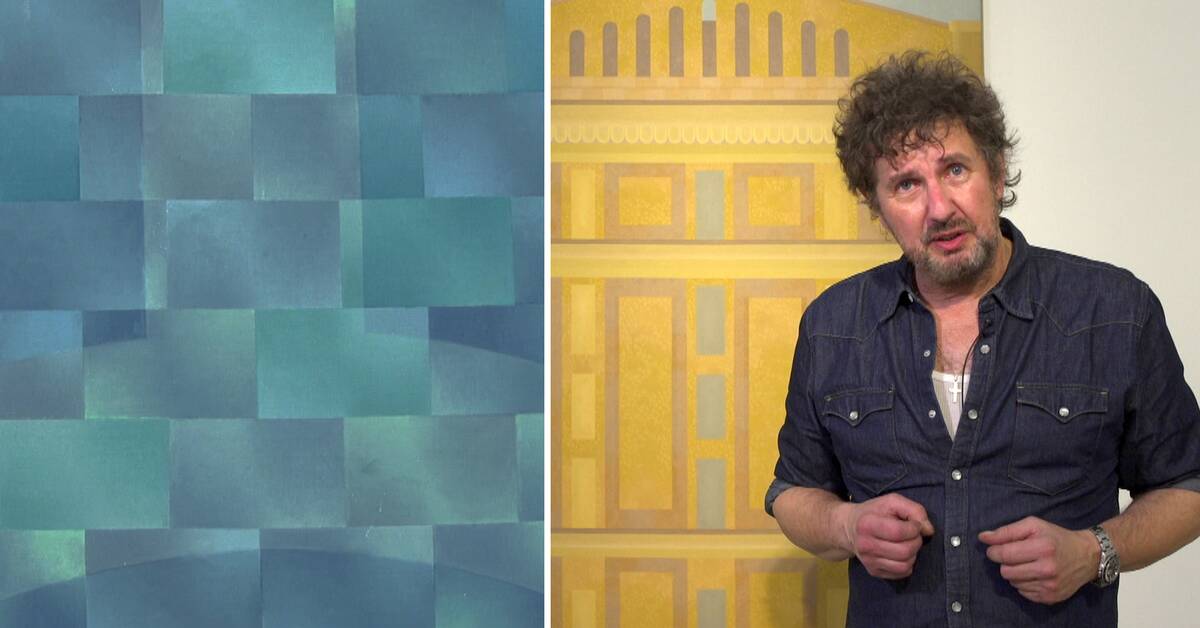Barbro Östlihn (1930-1995) is something of a mystery.
Why does she - a young, talented artist who is in New York just when the new, figurative pop art broke through with a bang in 1961 - choose to depict various buildings in the city, such as the Brooklyn Bridge, as a kind of abstract pattern?
In the early 50s,
Östlihn studied decorative painting at Konstfack.
But that type of painting - which is used, for example, to beautify the walls of a stairwell - is not highly valued by the real artists;
but is rather regarded as a kind of spirit-poor, technical craft.
But 10 years later, Östlihn's technical skill comes in handy.
Then she accompanies her husband - Öyvind Fahlström - to New York as his assistant.
And when she's not working on her husband's pop art, Östlihn paints various buildings in the city, such as Pine Street number 65. But because Östlihn reduces his buildings - such as the New York Steam Company - to decorative, abstract patterns, the artist is soon accused of just creating superficial wallpaper patterns.
In fact,
Östlihn tries to beautify the gray and stale reality around the studio on the Lower East Side - something she learned at Konstfack.
That's why the artist transforms Fulton Street number 20 and a wall on Suffork Street into a sublime ecstasy of color and light - full of life, movement and energy.
The only one who understands what Östlihn is doing is her husband.
In 1966, Fahlström published a text in Konstrevyn: Det ecstatic huset - where he believes that paintings such as Allen Street number 92 drive viewers towards the sublime.
But in Sweden, everyone is only interested in political art.
Thanks to this excellent exhibition and Fahlström's insightful text, one can now see Östlihn's sublime works in their true light.
It was really about time, right?

